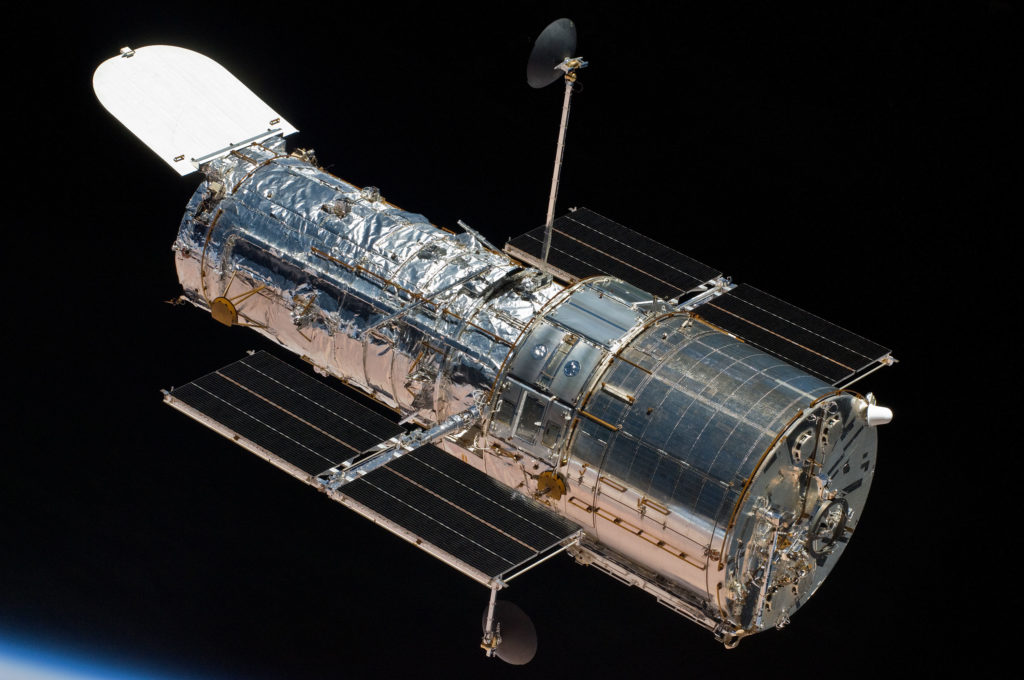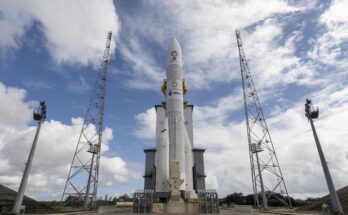
The Hubble Telescope is arguably one of the most famous Space Telescopes ever launched. With its launch in 1990, it is not surprising that the instrument is feeling its age despite numerous updates and repairs performed by the Space Shuttle. The telescope has not been serviced since the retirement of the Space Shuttle early last decade.
In November NASA announced that Hubble was in safe mode due to the faulty readings by one of the three functioning gyroscopes. According to NASA, all other instruments are in perfect working order. The telescope can use only one gyroscope to perform missions but the question is; can the telescope be repaired and possibly have its orbit raised?
In September 2022, NASA and SpaceX began work on a feasibility study to determine whether a SpaceX Dragon spacecraft could indeed raise Hubble. Now, with Hubble down a gyroscope, the question has arisen as to whether an orbital raising mission could extend to a servicing mission as well. Currently the telescope is about 530 km above the Earth with its original height being 600 km.
As part of a Polaris mission, founded by Jared Isaacman, with SpaceX a Dragon could be used to service and raise the orbit of Hubble. The study is ongoing but if the telescope can be raised, it is likely that the mission can be extended up to 20 years. Hubble is not the only telescope in orbit, James Webb is also providing science; however, The JWST will not replace the Hubble Space Telescope. The two spacecraft have different capabilities; for example, the JWST specializes in infrared wavelengths and Hubble in visible light. In theory, the two telescopes can complement each other. NASA likely wants to keep Hubble operations going as long as its instruments are functioning, and future budget estimates support that thinking.
Carter Palmer has long held a keen interest in military matters and aviation. As a FI's space systems analyst he is responsible for updating the reports and analyses within the Space Systems Forecast – Launch Vehicles & Manned Platforms and Space Systems Forecast – Satellites & Spacecraft products.




